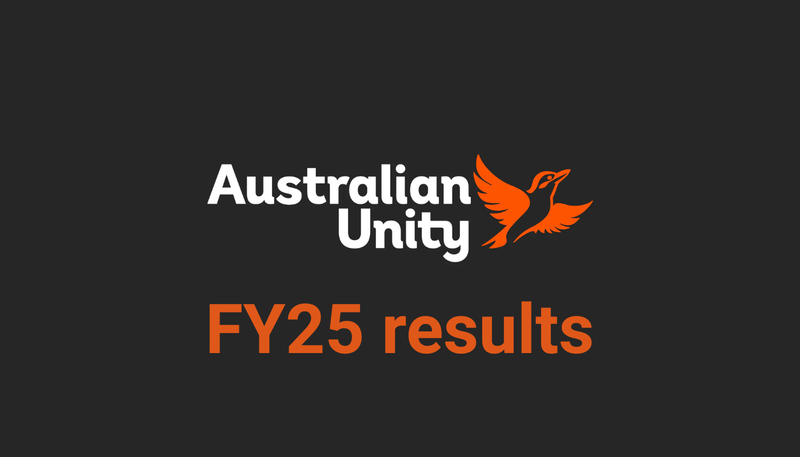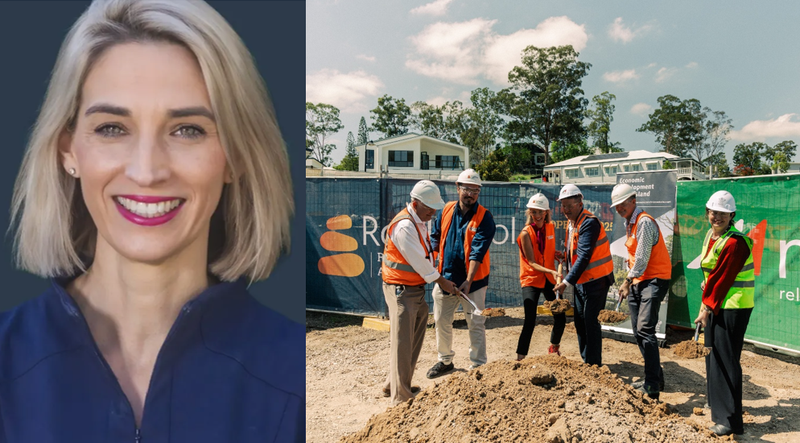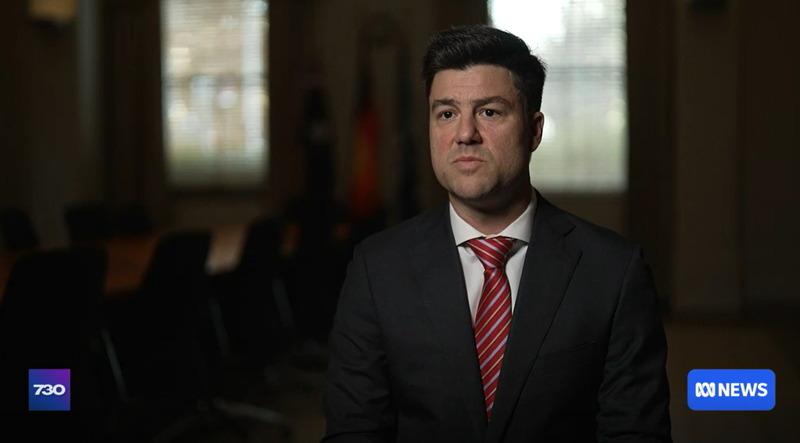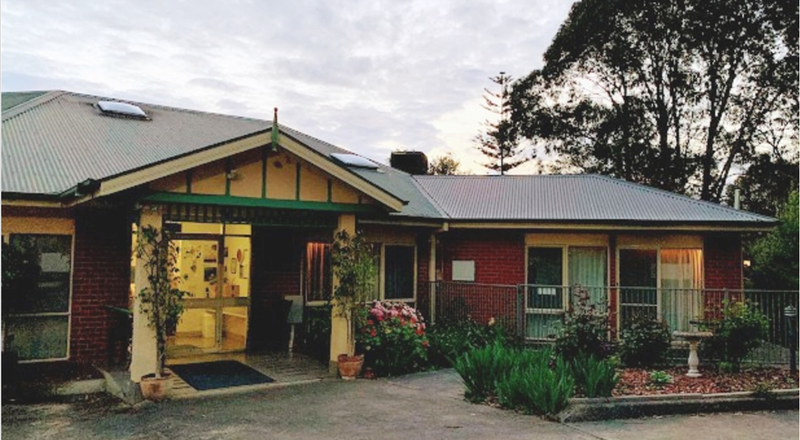Hospital systems in Australia don’t collect data to identify aged care residents, geriatric emergency medicine panel tells Commission – and live link to MyAgedCare data is the solution
There is no way of knowing if hospital patients are in residential care or not because there is no single identifier that allows residents to be accurately identified, according to representatives from the peak body for emergency medicine in...
There is no way of knowing if hospital patients are in residential care or not because there is no single identifier that allows residents to be accurately identified, according to representatives from the peak body for emergency medicine in Australia and New Zealand.
For just under and hour-and-a-half, Senior Counsel Assisting Richard Knowles questioned Dr Ellen Burkett (pictured below), a Founding member and Fellow of the Geriatric Emergency Medical Section of the Australasian College of Emergency Medicine; and its Chair Dr Carolyn Hullick (pictured above), around a range of issues including transfers to hospitals and the use of multidisciplinary outreach services.
The pair say the lack of data sharing between the hospitals – which are run by the States and Territories – and residential care – which is Federally funded – poses a significant barrier to caring for aged care residents across the continuum of care – and there should be a live link to the data on the MyAgedCare web portal so hospitals can accurately identify both aged care residents and home care recipients and provide the care they require.
“In order for us to be able to monitor and show diligence for the recommendations [from the Royal Commission] we have to understand the data and at the moment that data is actually very difficult to see in the State health system,” Dr Hullick – who is studying a PhD in acute care in aged care facilities and is the Clinical Lead for the Aged Care Emergency Program for the Hunter New England Local Health District, a nurse-led program where aged care staff from 100 aged care facilities can call for advice over the phone on acutely unwell residents they are considering transferring to hospital – said.
“So I think at a systems level, an evaluation level, a research level we need good access to the data but on an individual emergency physician basis when I see a patient in the emergency department, 2 o'clock in the morning, I need access to – more so for the people living in the community than in the aged care facility, I need to know who they are, where they’ve come from, what package they’re on, who’s their provider, like, so that I can actually make good decisions for that person around what they need. It needs to be timely, ideally live, that we can access every day, every minute in an emergency department in order to be able to deliver the care that’s required.”
The My Health Record system offers one potential solution to this lack of data, but Dr Hullick warned this has its limitations because the data is not dated.
“At the moment particularly the My Health Record I don’t know whether the information was uploaded a week ago, a month ago or yesterday,” she stated. “So, it’s actually quite difficult to – it’s good because it helps to guide you in your decisions but it’s not something that I can be 100 per cent confident in the accuracy.”
The pair emphasised that the primary aim of any programs directed towards providing hospital-like care in residential facilities must focus on improving the care of residents, rather than take on the goal of reducing unnecessary hospital transfers.
“I think that there is a risk of any service that is established if the primary goal is to prevent hospitalisation, there is an attendant risk that that becomes the overriding principle of the service, rather than the primary goal of actually improving resident’s care and the choice that they have in where they would like that care to be delivered, if it can be delivered safely in that choice of option,” Dr Burkett – who is a Senior Staffing Specialist in the Emergency Department at the Princess Alexandra hospital in Brisbane and the state-wide Clinical Lead for the Residential Aged Care Facility Support Service (RaSS), a Queensland Health program for delivering acute healthcare to aged care residents – said.
They had a couple of other caveats too – namely, the need to more clearly delineate the responsibility of GPs and providers in providing health care.
“Currently the aged care facilities are required to report against the aged care standards,” Dr Burkett – who also developed the CARE-PACT program which was the pilot program for the development of residential acute care support services – pointed out.
“However, the aged care standards hold within them certain responsibilities that really lie in the realm of the general practitioner to be able to affect change in. So, I think an important step forward would be consideration in defining the clinical governance to include the general practitioner and the aged care facility together as a joint entity to be reporting together against the aged care standards.”
The Chair also included hospitals in this need for accountability so there are clear procedures for the sharing of information between acute care and aged care.
Dr Burkett used the example of Queensland Health where they have opened up their digital information system so it can be viewed by GPs, RNs and aged care facilities. She also endorsed the use of both written and verbal handovers, the use of telehealth services and sharing of photographs between hospitals and facilities as a way of ensuring care is followed up when residents return home.
The pair did recognise though that the majority of aged care facilities currently don’t have the digital infrastructure or staffing to implement this kind of system.
“There’s a staffing requirement in order – if there’s a – there has to be someone at either end of the video link that’s actually supporting the people in – on either side of the link in order for that to happen, so it's not just – sometimes our – sometimes people think it’s just turning on a computer and it’s a whole lot of change, management, infrastructure, training, education that’s required in order for that to happen,” Dr Burkett said.
Commissioner Lynelle Briggs also made an important point: this model relies on adequate numbers of skilled nurses in aged care.
“Is there a weakness in the model you suggest caused by a general inadequacy of pure numbers or active working nurses in aged care facilities?” she enquired. “Or in – working in the community?”
Both agreed this was the case.
“I think that – that the need for these models of care inherently is because there are weaknesses across the whole system of care,” Dr Burkett replied. “If we had perfect care and a unified care system there may, in fact, not be as much of a need for this sort of system. I think that empowering building of capacity and understanding across all of the silos of care is very important to achieving approved care but I think it’s fundamentally important in order to improve the care in a sustainable fashion that there be attention to staffing levels, particularly in aged care facilities and beyond staffing levels the staffing mix so that there are registered nurses .. if we believe in integrated care, which we do, that we fundamentally need enough skilled nursing staff particularly to be working in aged care facilities and all these models that Dr Burkett and I have been talking about will work better in those facilities where you have a very engaged workforce.”
Good point – can providers even consider better integrating their services with hospitals without the staff to carry the workload?





